I'm having trouble interpreting the results I got from relrisk. My data is a multiple point process containing two marks (two rodents species AA and RE), I want to know if they are spatially segregated or not.
> summary(REkm)
Marked planar point pattern: 46 points
Average intensity 0.08101444 points per square unit
*Pattern contains duplicated points*
Coordinates are given to 3 decimal places
i.e. rounded to the nearest multiple of 0.001 units
Multitype:
frequency proportion intensity
AA 15 0.326087 0.02641775
RE 31 0.673913 0.05459669
Window: rectangle = [4, 38] x [0.3, 17] units
x 16.7 units)
Window area = 567.8 square units


relkm <- relrisk(REkm)
plot(relkm, main="Relrisk default")
 The bandwidth of this
The bandwidth of this relrisk estimation is automatically selection by default(bw.relrisk), but when I tried other numeric number using sigma= 0.5 or 1, the results are somehow kind of weird.
 How did this happened? Was it because the large proportion of blank space of my ppp?
How did this happened? Was it because the large proportion of blank space of my ppp?
According to chapter.14 of Spatial Point Patterns books and the previous discussion, I assume the default of relrisk will show the ratio of intensities (case divided by control, in my case: RE divided by AA), but if I set casecontrol=FALSE, I can get the spatially-varying probability of each type.
 Then why the image of type RE in the
Then why the image of type RE in the Casecontrol=False looks exactly same as the relrisk estimation by default? Or they both estimate p(RE)=λRE/ λRE+λAA for each sites?
Any help will be appreciated! Thanks a lot!